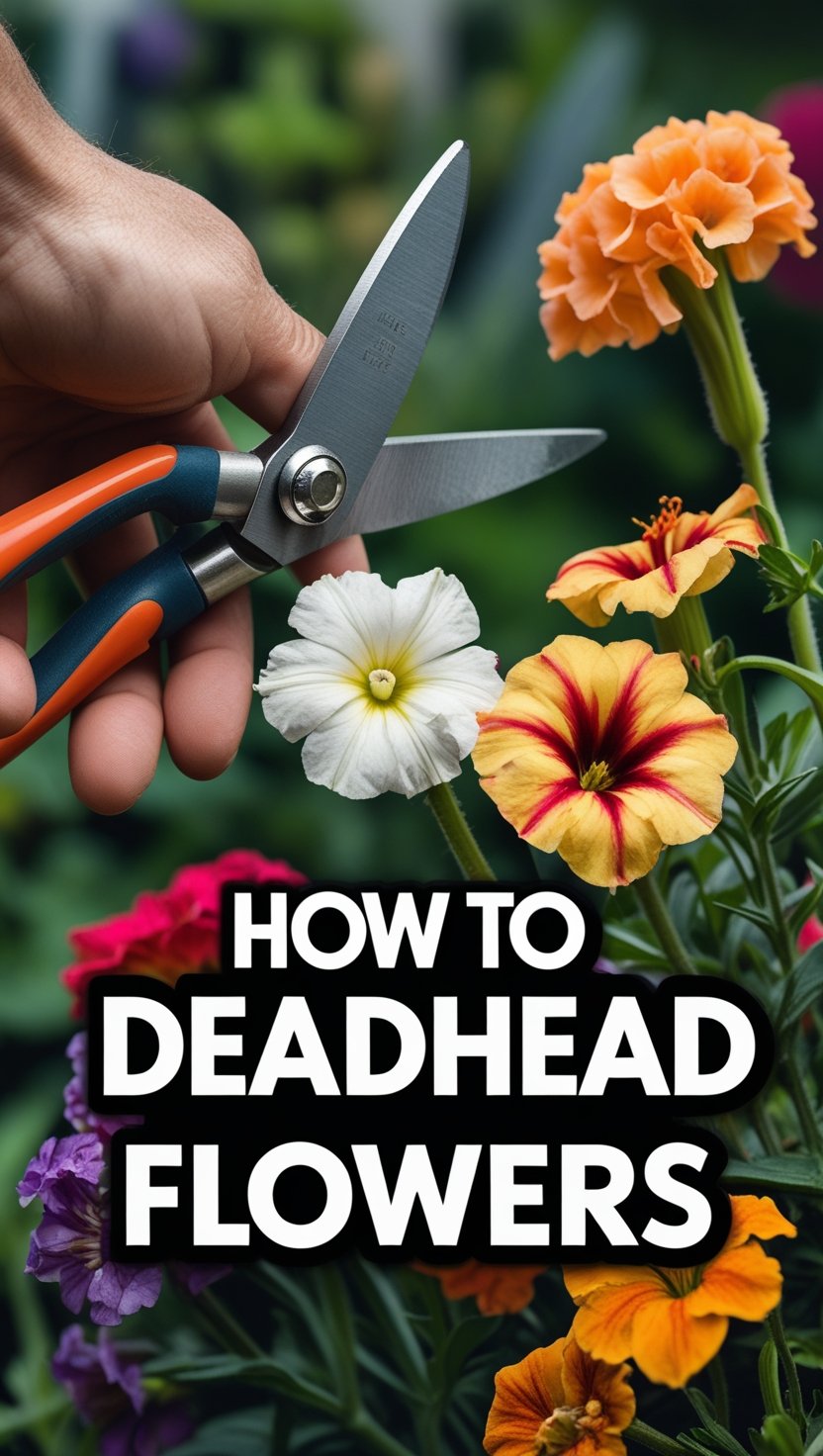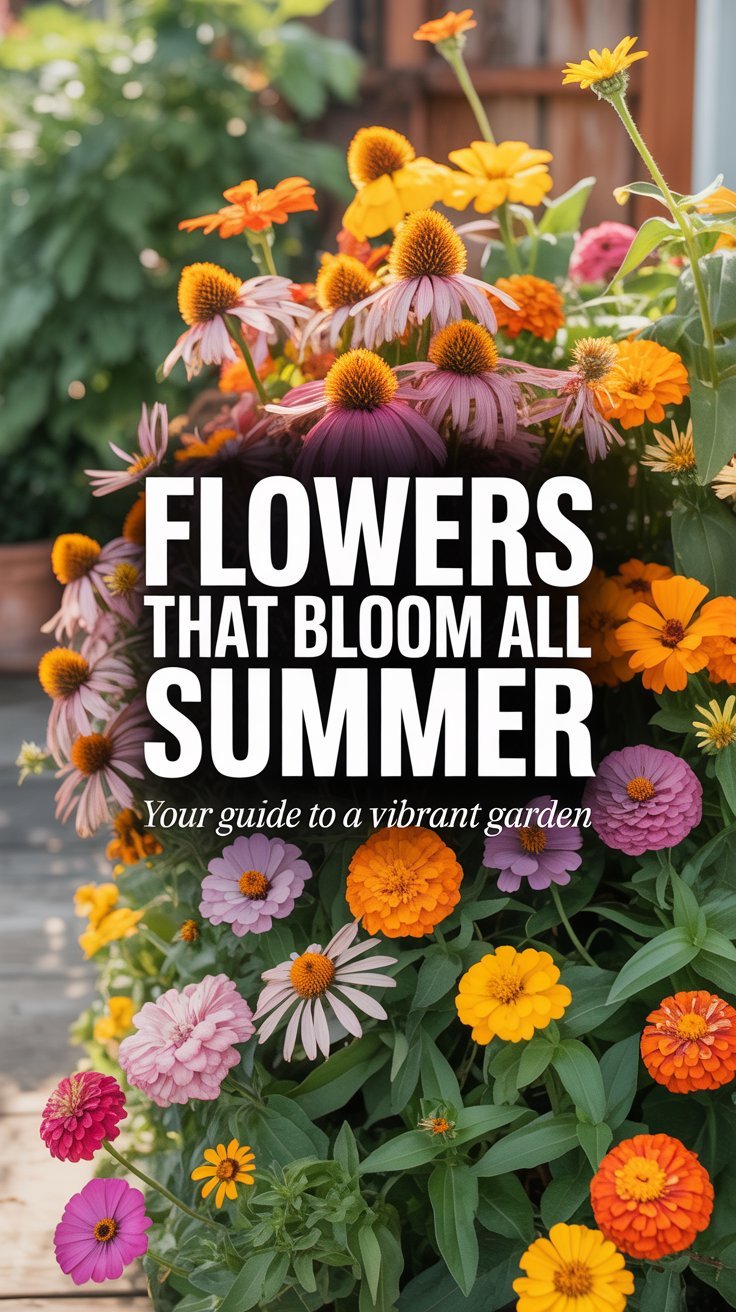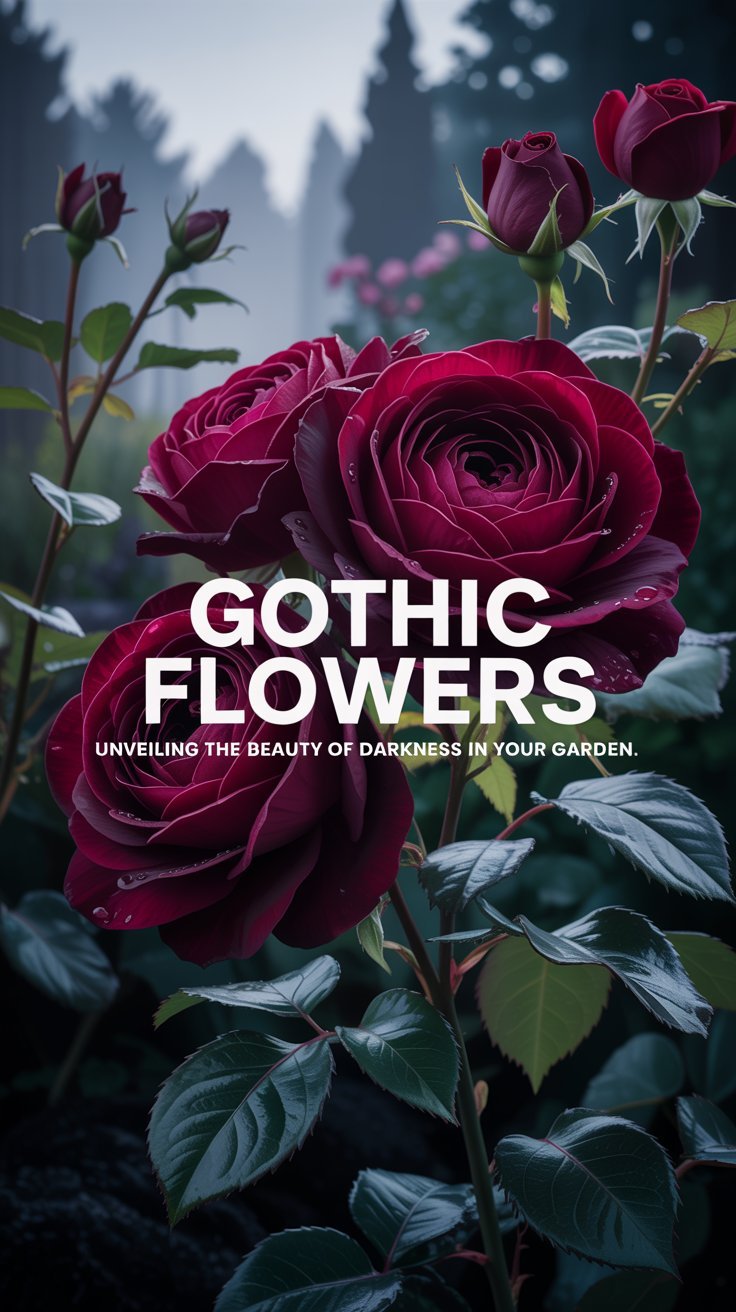Learn how to deadhead flowers with this step-by-step guide from a 10-year gardening pro. Boost blooms, avoid mistakes, and keep your garden thriving!

Hey there, fellow garden lovers! I’m Ashley Scott, and with over 10 years of gardening under my belt, I’ve picked up a trick or two to keep my flowers blooming beautifully. One of my all-time favorite techniques? Deadheading flowers. I’ll never forget my early gardening days when I hesitated to snip off those faded blooms, thinking they’d magically perk up again. Spoiler alert: they didn’t. But once I embraced deadheading, my rose garden transformed into a showstopper, and I’ve been hooked ever since.
In this guide, I’ll walk you through everything you need to know about how to deadhead flowers—from what it is, why it matters, to step-by-step tips for specific plants. Whether you’re tending to pots on your patio or a sprawling backyard bed, I’ve got you covered. Let’s dig in!
What Is Deadheading, Anyway?
Simply put, deadheading is the act of removing spent or faded flowers from your plants. It’s like giving your garden a little TLC to keep it looking neat and tidy. But it’s not just about aesthetics—deadheading encourages your plants to produce more blooms and can even stretch out the flowering season.
Here’s the science behind it: when a flower fades, the plant shifts its energy to seed production. By snipping off those spent blooms, you trick the plant into thinking it hasn’t finished its job yet. Instead of making seeds, it pumps out more flowers. The result? A fuller, more vibrant garden that keeps on giving.
Why Should You Deadhead Flowers?
Deadheading isn’t just a chore—it’s a game-changer. Here are some benefits I’ve seen firsthand:
- More Blooms: Plants like roses and geraniums reward you with wave after wave of flowers.
- Tidier Look: No more droopy, brown petals cluttering up your garden.
- Healthier Plants: Removing dead flowers prevents diseases and pests from taking hold.
- Longer Season: Deadheading can extend blooming into late summer or fall.
When I first started deadheading flowers in my garden, I noticed my petunias went from a one-month show to blooming well into September. It’s like giving your plants a second wind!
When to Deadhead Flowers
Timing is key. Generally, you should deadhead as soon as you spot flowers that are wilting, discolored, or dropping petals. For most plants, this means checking in every few days during peak blooming season—spring through summer in most parts of the USA.
Seasonal Tips
- Spring and Summer: Deadhead regularly to keep the blooms coming.
- Late Summer/Fall: As the season winds down, you might ease up to let some plants set seeds for next year or feed local birds.
I usually grab my shears whenever I’m out watering—it’s become second nature. Look for those telltale signs: if the flower looks past its prime, it’s time to snip!
How to Deadhead Flowers: A Step-by-Step Guide
Ready to get started? Here’s my go-to method for how to deadhead flowers, honed over a decade of trial and error:
- Spot the Spent Blooms: Look for flowers that are wilted, faded, or missing petals.
- Find the Cut Point: Trace the stem down to the first set of healthy leaves or a new bud.
- Grab Your Tools: I swear by sharp pruning shears or scissors—clean cuts heal faster.
- Snip It: Cut the stem at a 45-degree angle just above the leaves or bud.
- Clean Up: Collect the deadheads and toss them in your compost pile (more on that later!).
Tools You’ll Need
- Sharp pruning shears (my favorite pair has lasted me years!)
- Garden gloves (optional, but handy for thorny plants like roses)
- A small bucket or bag for collecting clippings
How to Deadhead Flowers in Pots
For potted plants, like my patio zinnias, be gentle. Space is tight, so avoid disturbing the roots or soil too much. Regular deadheading flowers in pots keeps them healthy and blooming, especially since they can’t spread out like garden beds.
How to Deadhead Flowers Indoors
Got flowers inside? I’ve got a few on my windowsill, and they love a good deadhead too. Use small scissors, ensure good air circulation, and don’t overwater—indoor plants can be prone to fungal issues if you’re not careful.
Deadheading Specific Types of Flowers
Not all flowers are deadheaded the same way. Here’s how I tackle some common ones:
How to Deadhead Perennials
Perennials like daylilies and salvias thrive with deadheading. For daylilies, I snap off spent blooms daily—it’s that easy. For salvias, I cut back to the next bud or leaf set. Want more perennial tips? Check out my guide on How to Care for Perennials over at usagardenhub.com.
How to Deadhead Geraniums
Geraniums are bloom machines! Pinch off the entire flower stem at the base where it meets the main plant. I’ve found this encourages bushier growth and tons of new flowers. Curious about growing these beauties? See my post on Growing Geraniums.
How to Deadhead Roses
Roses need a little extra love. Cut the stem back to a set of five healthy leaves, just above an outward-facing bud. This shapes the bush and boosts blooms. My first time deadheading roses, I was so nervous I barely snipped the tip—then I saw new buds a week later. Magic! For more rose care, peek at Rose Gardening Tips.
A Deadheading Flowers List: Which Ones Benefit?
Here’s a quick list of flowers that love a good deadhead:
These are just a start—most flowering plants will thank you for it!
What to Do with Deadhead Flowers
Don’t toss those clippings in the trash! Here’s what I do:
- Compost Them: Add them to your compost pile for nutrient-rich soil. My compost bin gets a steady supply from my deadheading sessions.
- Craft Time: Dry them for potpourri or press them for homemade cards. I once made a lavender sachet from my garden clippings—smells amazing!
When to Stop Deadheading Flowers
As fall approaches—usually late summer or early fall in the USA—I ease up on deadheading. Letting some flowers go to seed can help annuals self-sow for next year or provide snacks for birds. For perennials, it’s a signal to rest up for winter. I stop when the first frost looms on the horizon.
Common Mistakes and How to Avoid Them
Even after 10 years, I’ve made my share of slip-ups. Here’s what to watch out for:
- Cutting Too Low: Snipping too far down the stem can harm the plant. Stick to just above the leaves or bud.
- Dirty Tools: Unsterilized shears can spread disease. I wipe mine with rubbing alcohol between plants.
- Bad Timing: Avoid deadheading in extreme heat or when plants are stressed—give them a break!
Wrapping Up: Get Snipping!
Deadheading is one of those gardening secrets that’s simple yet transformative. With a quick snip here and there, you’ll enjoy more blooms, healthier plants, and a garden that turns heads all season long. Whether it’s how to deadhead perennials, roses, or flowers in pots, the basics stay the same—and the rewards are worth it.
So grab your shears and give it a try. I promise, once you see those fresh blooms popping up, you’ll wonder why you didn’t start sooner. Happy gardening!
FAQ: Your Deadheading Questions Answered
What is deadheading?
It’s removing faded flowers to encourage more blooms and keep plants tidy.
Why should I deadhead my flowers?
It boosts flower production, improves plant health, and keeps your garden neat.
Can I deadhead all types of flowers?
Most flowering plants benefit, but some, like sunflowers, are better left for seeds.
How often should I deadhead?
Every few days during peak bloom time—whenever you spot faded flowers.
What tools do I need?
Sharp shears or scissors work best, plus gloves for prickly plants.





